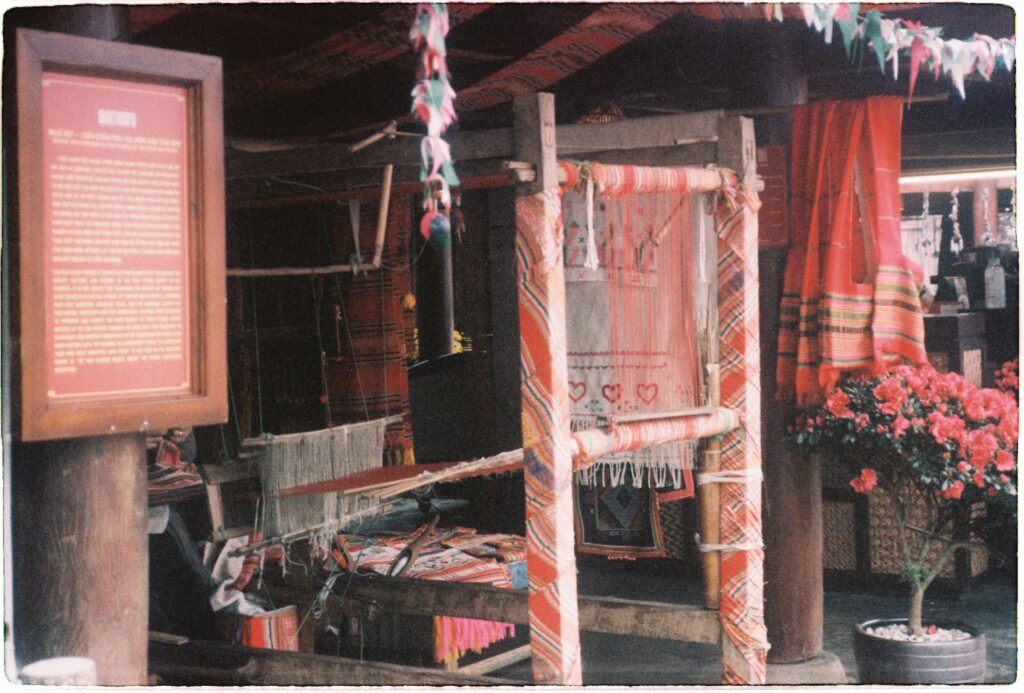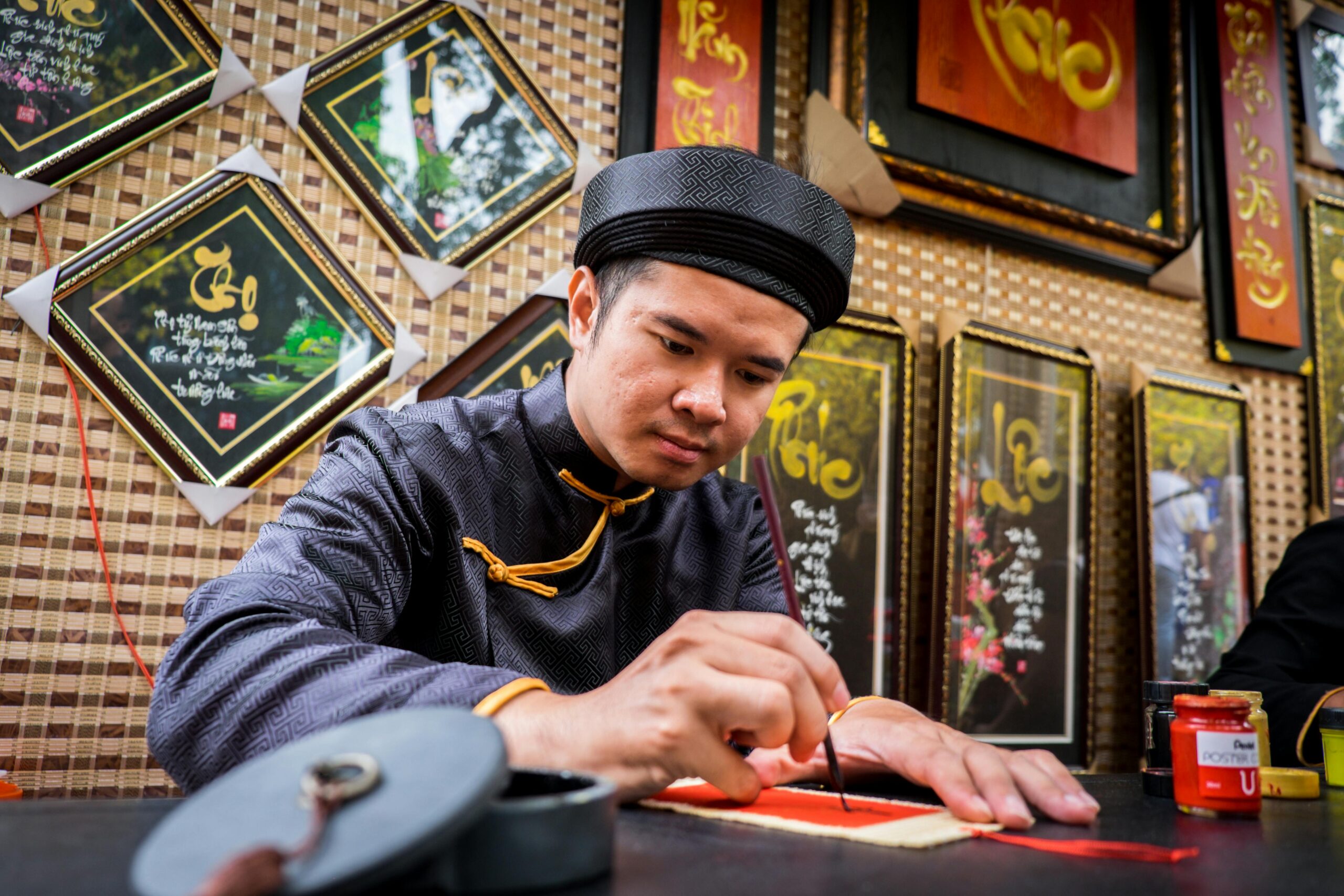Indigenous language immersion schools have emerged as a beacon of hope for communities striving to reverse decades of cultural loss. These schools, built on the belief that language is the lifeblood of cultural identity, are not only preserving words but are also rekindling traditions, histories, and a collective sense of self among indigenous peoples.

The Historical Context of Cultural Erosion
For many indigenous communities, the loss of native languages is not merely a decline in communication—it is the fading away of centuries-old knowledge, values, and worldviews. Historical policies of forced assimilation, including the notorious boarding school systems, severed connections between young generations and their ancestral heritage. Over time, the consequences of these policies resulted in diminished fluency and, ultimately, a tangible cultural gap that today’s indigenous language immersion schools are determined to bridge.
The Emergence and Impact of Immersion Schools
Language as Culture and Identity:
At their core, indigenous language immersion schools offer an immersive learning environment where every subject—from mathematics to social studies—is taught in the native language. This approach ensures that students not only learn the language but also absorb cultural nuances, oral traditions, and the values embedded within their linguistic heritage.
Community Engagement and Elder Involvement:
A distinctive strength of these programs is their strong community focus. Elders and fluent speakers, often once sidelined by mainstream education, are now at the heart of teaching and mentoring. Their participation infuses the curriculum with authentic narratives, traditional stories, and hands-on experiences that textbooks alone cannot provide.
Innovative Educational Practices:
Many immersion programs now integrate modern technology alongside traditional methods. Digital archives, language apps, and multimedia projects help bridge the gap between ancient practices and contemporary learning styles. By documenting oral histories and cultural practices digitally, these schools are creating lasting resources that extend beyond classroom walls.
Holistic Curriculum Development:
Beyond language instruction, many programs incorporate subjects such as traditional ecological knowledge, indigenous art forms, and ancestral medicinal practices. This holistic approach not only reinforces language skills but also reconnects students with the land, their community’s history, and sustainable practices that have guided indigenous life for generations.

Expanding the Conversation: Global Perspectives and Additional Innovations
While the recent focus has been on local success stories, indigenous language immersion is a global movement. In New Zealand, the revitalization of Māori through immersion schools has led to significant cultural and social benefits. Similarly, in parts of Canada and Australia, community-driven programs are bolstering languages that were once at risk of disappearing. These international models offer valuable lessons in curriculum design, teacher training, and community partnerships that local programs can adapt to their unique cultural contexts.
The Role of Policy and Funding:
Government initiatives and nonprofit organizations are increasingly recognizing the importance of indigenous language preservation. Grants, policy reforms, and dedicated funding channels are critical to the sustainability of these programs. Yet, challenges remain, such as ensuring that funding reaches grassroots efforts and that the unique needs of each community are met.
Long-term Community and Economic Benefits:
Revitalized languages can also spur economic growth. As communities reclaim their heritage, there is a growing interest in cultural tourism and indigenous craftsmanship. This renewed pride and cultural identity contribute not only to social cohesion but can also pave the way for economic opportunities that honor traditional practices while integrating modern livelihoods.
Challenges and Future Directions
Despite their promise, indigenous language immersion schools face numerous hurdles:
- Teacher Training and Resources:
A limited number of fluent speakers and trained educators can hinder the expansion of immersion programs. Investing in teacher training and developing comprehensive educational materials is critical. - Balancing Tradition with Modernity:
While digital tools and modern educational practices enhance learning, there is an ongoing debate on how to best integrate these with traditional methods without diluting cultural authenticity. - Community and Political Support:
Securing sustained community engagement and political backing is essential. Without these, even the most innovative programs risk faltering in the long term.
Looking ahead, the collaboration between communities, governments, and educational institutions will be paramount in ensuring that these immersion schools not only survive but thrive as centers of cultural rejuvenation.

Frequently Asked Questions (FAQs)
Q1: What is an indigenous language immersion school?
A: An indigenous language immersion school is an educational institution where the primary mode of instruction is a native language. These schools aim to revitalize indigenous languages by teaching all subjects through the language, thereby reinforcing cultural identity and preserving traditional knowledge.
Q2: Why are indigenous languages important?
A: Indigenous languages carry the wisdom, traditions, and histories of communities. They are essential for maintaining cultural identity and offer unique perspectives on the world. Revitalizing these languages helps ensure that valuable cultural practices and worldviews are not lost to future generations.
Q3: How do these schools operate?
A: Immersion schools employ a comprehensive approach where teaching is conducted entirely in the indigenous language. They often involve community elders, integrate cultural practices into the curriculum, and use modern technology alongside traditional teaching methods. This approach provides an immersive learning experience that connects students deeply with their heritage.
Q4: What challenges do indigenous language immersion schools face?
A: Key challenges include a shortage of trained, fluent educators, limited educational resources, and the need for sustainable funding. Additionally, balancing modern educational tools with traditional cultural methods can be complex. Overcoming these obstacles requires strong community involvement and supportive government policies.
Q5: How can communities support these initiatives?
A: Support can come in many forms, including volunteering as mentors or teachers, participating in cultural events, donating resources, and advocating for policies that protect and promote indigenous languages. Community engagement is crucial to ensure that these schools continue to thrive and adapt to future challenges.
Q6: Are there global examples of successful indigenous language immersion programs?
A: Yes, notable examples include the Māori immersion schools in New Zealand, language revitalization programs in parts of Canada and Australia, and other community-driven initiatives worldwide. These examples provide valuable insights into how immersive education can effectively revitalize endangered languages and strengthen cultural identity.
Indigenous language immersion schools represent not only an educational innovation but also a profound reclamation of heritage. By fostering environments where indigenous languages and cultures can flourish, communities are laying the groundwork for a future where the wisdom of the past continues to illuminate the way forward.
Sources Santa Fe New Mexican


